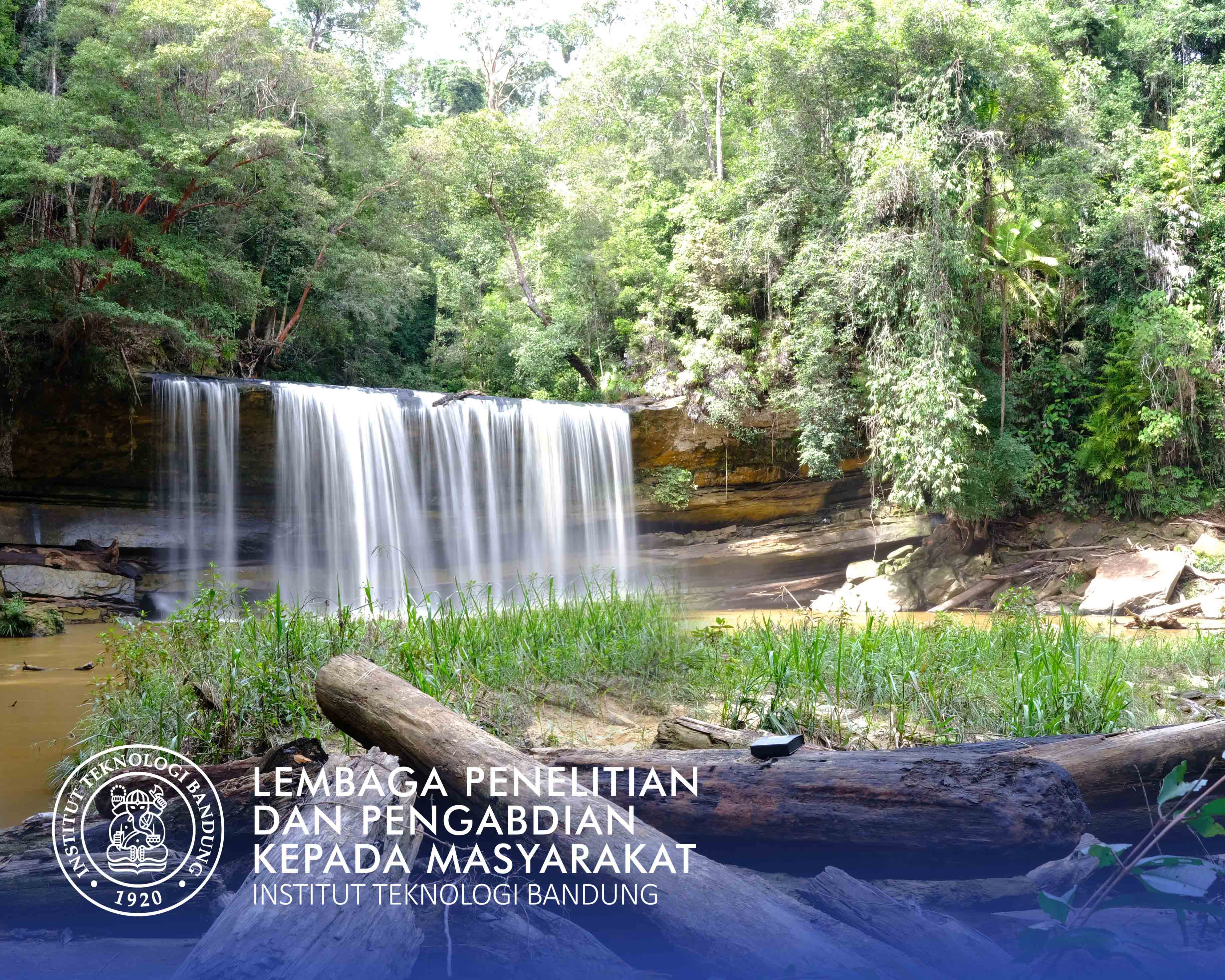

Alhilal Furqan
Sula Islands Regency, which is located in North Maluku Province, is an area classified in the 3T category (Disadvantaged, Frontier and Outermost). In the context of regional development, the development of the tourism sector can be a significant catalyst. Tourism not only has the potential to improve the quality of education and self-confidence of local communities, but can also encourage economic growth, provide infrastructure, and attract experts, entrepreneurs and investors who can contribute to regional development. Currently, the provincial and district governments are aggressively develop tourism based on natural and cultural resources which are the advantages of this region. As a destination rich in marine landscapes and biodiversity, the tourism potential in Sula Islands Regency has not yet been exploited optimally. Diversifying tourist attractions is a strategic step to increase the number of tourist visits and extend their stay in this area. However, this diversification must be accompanied by improving the quality of tourist attractions in order to create memorable experiences for tourists while supporting the sustainability of the natural, social and cultural environment.
Kabau Darat Village, located in West Sula Besi District, stands out as one of the villages with promising tourism potential. One of the main attractions is Telaga Kabau, a lake surrounded by mangrove forests and has historical value and folklore that has been passed down from generation to generation. It is said that Telaga Kabau was once a village called Wai Bot (white water) which turned into a lake after an inter-tribal conflict (soa). The potential development of Kabau Darat Village is directed through the concept of a tourist village. Tourism villages are considered a strategic instrument in developing community-based tourism, where optimizing all village resources is the main goal. However, managing this potential requires strong institutions so that the benefits are not only felt by tourists, but also have a significant economic, social and cultural impact on local communities.
Efforts to develop tourism in Kabau Darat Village are faced with several main challenges: (1) Lack of understanding by the community and village officials of the concept of tourism which has a direct impact on the community. (2)There is no tourism institution that is active as the main driver of developing tourist villages. (3)There is not yet optimal management of the potential of natural and cultural resources to become superior tourism products that are able to attract a wider tourist segment. (4) Limited tourist facilities and services that meet standards so that tourist needs are not met optimally.
To overcome this challenge, tourism development must cover various aspects such as culture, traditions, community life, craft products, local culinary delights, as well as agricultural and plantation potential. All of this must be designed as a quality tourism product that has a real impact on the welfare of the community. Community Service Program: Empowerment in Tourism Village Development. As part of community empowerment efforts, a program entitled “Community Empowerment in the Development of the Kabau Darat Tourism Village” was implemented with the aim of developing community-based tourism products according to local potential and advantages. This program focuses on: (1)Identifying the potential and problems of tourist villages to provide a comprehensive picture of development needs. (2) Development of institutions and human resources as drivers and managers of tourist villages.
The scope of development includes tourism components and travel experiences that will be offered to tourists. The main focus is to increase institutional capacity and human resource capabilities in managing tourist villages professionally. With this approach, it is hoped that Kabau Darat Village can optimize its potential to provide broad benefits for the community, environment and local culture, while making this village a model for sustainable community-based tourism development.
Identify potential and problems in developing tourist villages
Established cooperation between local government and ITB